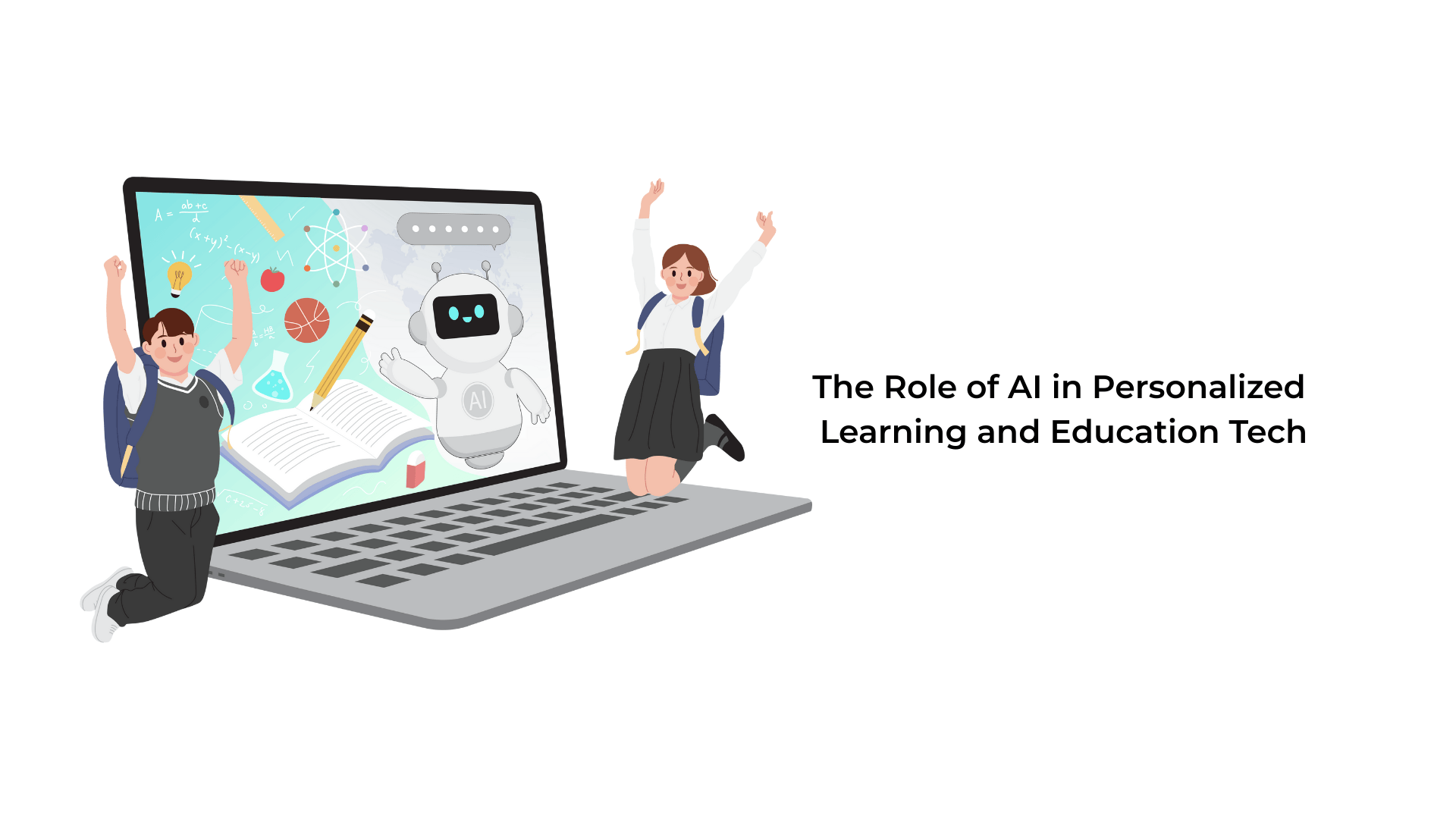Artificial Intelligence (AI) is not just transforming industries—it’s revolutionizing how we learn. In education technology (EdTech), AI has paved the way for personalized learning experiences, making education more inclusive, efficient, and effective.
What is Personalized Learning?
Personalized learning tailors educational content, pace, and learning paths to meet the unique needs of each student. This approach helps students learn in a way that works best for them through visuals, audio, interactive tasks, or real-time feedback.
How AI Powers Personalized Learning
AI brings intelligent automation and adaptive learning to the forefront of EdTech. Here’s how:
1. Adaptive Learning Platforms
AI-driven platforms like DreamBox and Knewton adjust the difficulty of content in real-time based on a student’s performance. These systems analyze responses and adapt lessons to keep learners challenged but not overwhelmed.
2. Intelligent Tutoring Systems
AI tutors provide 24/7 assistance, clarifying concepts, answering questions, and giving instant feedback. These systems mimic human tutors, making learning accessible at any time.
3. Predictive Analytics
By analyzing patterns in student behavior, AI can predict who may be at risk of falling behind. Educators can then intervene early, ensuring timely support and improved outcomes.
4. Natural Language Processing (NLP)
NLP enables machines to understand and respond to human language. In education, it powers tools like AI writing assistants, automated grading, and real-time language translation for global classrooms.
5. Customized Curriculum and Content Recommendations
AI can assess a student’s strengths and weaknesses to recommend learning materials tailored specifically to their needs—just like Netflix suggests shows based on your preferences.
Benefits of AI in Education
- Improved Engagement: Students get lessons suited to their interests and pace.
- Increased Efficiency: AI automates repetitive tasks like grading and scheduling.
- Greater Accessibility: Learners with disabilities benefit from AI tools like voice-to-text and visual recognition.
- Data-Driven Insights: Teachers can make informed decisions based on learning analytics.
Challenges and Considerations
- Data Privacy: Student data must be protected with robust security measures.
- Bias in Algorithms: AI systems must be trained on diverse data to avoid biased recommendations.
- Digital Divide: Not all students can access AI-powered tools, highlighting the need for equitable tech integration.
Conclusion
AI is set to reshape the educational landscape. While challenges exist, the benefits of AI-powered personalized learning are profound. As technology evolves, the goal should remain: empowering learners and educators through smarter, more adaptive tools.

